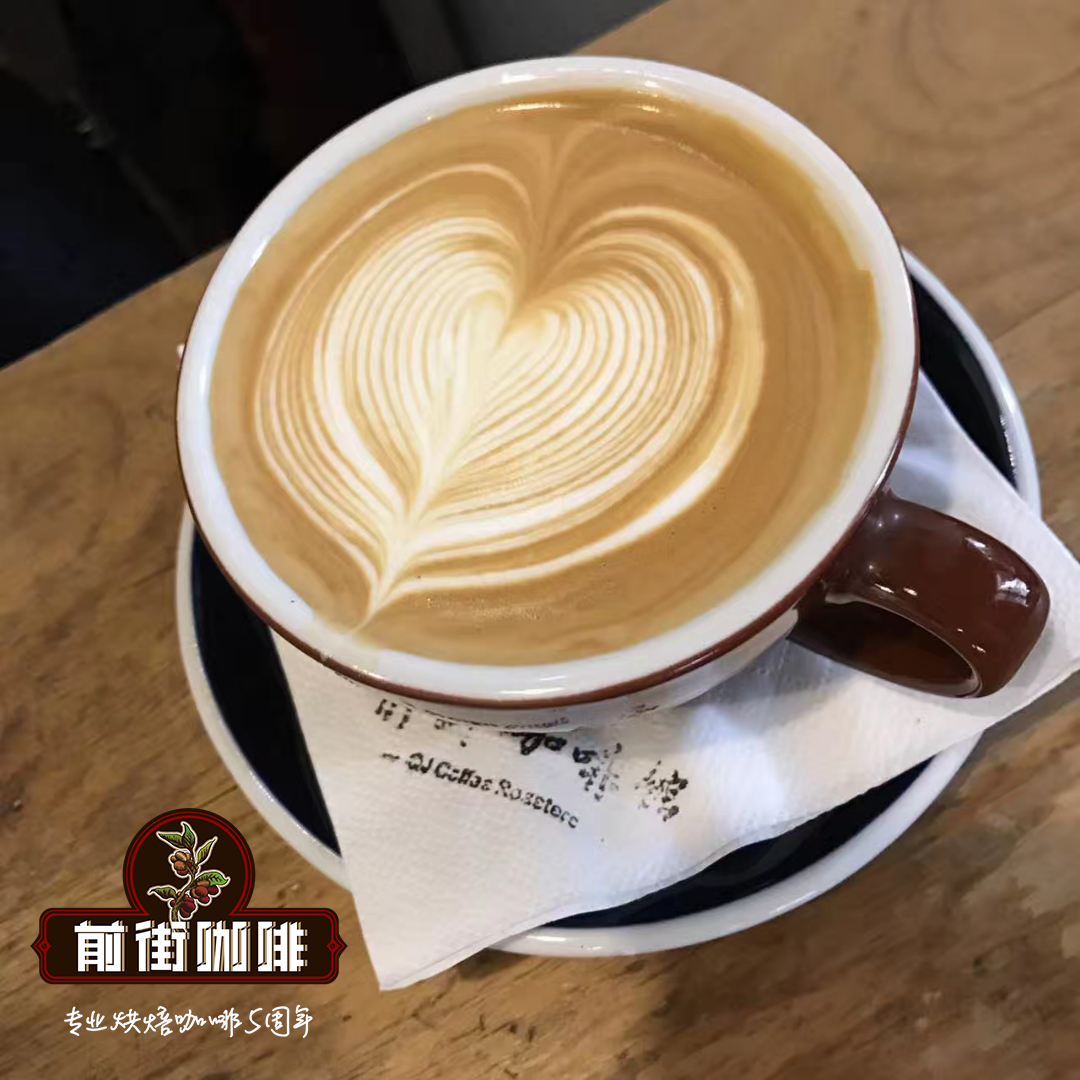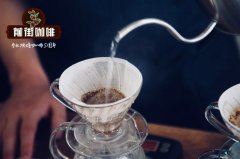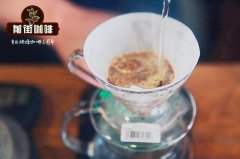What's the difference between latte, mocha and cappuccino? What latte tastes like.

Professional coffee knowledge exchange more coffee bean information please follow the coffee workshop (Wechat official account cafe_style)
Do you know the difference between Latte, Cappuccino and Mocha? When you open the Menu in a cafe, or when you stand in front of the ordering bar, have you ever had such a question, but you dare not ask it out, so you have to order one at random, or just the same one forever? In fact, you are not alone, this question sounds stupid, but it is a big question mark that many people have buried in their hearts for a long time. Now let's take a look at the difference between these three kinds of coffee.
It's all "espresso" and "milk". The difference is in proportion.
Standard lattes, cappuccinos, and mochas are all made of espresso (espresso), plus steam milk (steamed milk) and milk bubbles heated by steam nozzles. The difference between the three lies in the ratio of coffee to milk, and the addition of hot chocolate to mocha.
The practice of adding milk to black coffee was first invented by Franz George Kolschitsky of Vienna in 1683. The Ottoman Turkish Empire, which was defeated at that time, left a batch of coffee beans in Vienna, making coffee gradually popular in this European city. However, the taste of black coffee is so bitter that many people are not used to it. In order to make the coffee more close to the taste of the general public, Kochsky tried to add milk to the coffee to create a warmer taste and less irritation to the stomach. His cafe is very popular, and this coffee practice continues to this day.
Latte: milk is the main character
Latte means milk in Italian. You can tell from the name that milk is the protagonist in latte. The standard ratio is 1x6 espresso, 4hammer6 steamed milk, 1hammer6 milk bubbles, plus hazelnut, cinnamon, vanilla and other flavors. Because of the high proportion of milk and its soft taste, it can even be used as dessert in some European restaurants. In addition, all kinds of beautiful flowers on the surface of coffee is also an art worth appreciating.
What's the difference between steamed milk and foam? Both are the result of heating milk with high-temperature steam from the steam nozzle on the coffee machine. Steamed milk takes less time to heat up and enters fewer bubbles. It only increases its volume by about 1 per cent. On the surface, there are no bubbles on the surface. Milk bubbles need to be pumped into a large amount of air to create uniform bubbles, which will become about twice the volume.
Lattes vary from country to country. American lattes only add milk foam, Italian lattes only add milk, and European lattes (also known as coffee Caf é au lait, which means coffee and milk) are poured into the cup at the same time to mix the two evenly.
Cappuccino: coffee is the main character
Cappuccino was invented by the Italians at the beginning of the 20th century. The difference between cappuccino and latte lies in the amount of milk. The standard proportion of cappuccino is equal to three equal portions of espresso, steam milk and milk foam. Because the final color of the coffee is very similar to the brown cloak of the St. Franciscan friar Cappuccino, it has the same name as the cloak.
Because coffee accounts for a large proportion, the taste will be stronger than the latte, and the quality of the coffee itself is more demanding. Espresso must be used to show the good taste of cappuccino. Cappuccino can also be added with cinnamon powder, cocoa powder, lemon orange peel and so on to add flavor.
A common flat white coffee in Australia and New Zealand, with a proportion similar to that of a cappuccino, consisting of 1x3 espresso and 2gambo 3 fine milk bubbles, which make the coffee taste smoother.
Mocha: chocolate flavor coffee
Mocha originally refers to a kind of coffee beans with chocolate aroma, which is mainly produced by Mocha, a coastal town in Yemen, so it is called mocha beans. The mocha coffee commonly referred to today is coffee made in proportion of 2max 5 espresso, 2max 5 hot chocolate, and 1pm 5 steamed milk.
In addition to the chocolate flavor, mocha coffee contains more espresso than cappuccino and tastes more mellow. Some people will add some alcohol to the mocha coffee, such as Berry milk wine, Sambuka fennel wine (Sambuca), coffee wine, etc., to give the coffee a different flavor.
In addition to the three basic coffee milk lattes, cappuccinos and mochas, adding hot chocolate or chocolate syrup to lattes and cappuccinos adds two new flavors of mocha latte and mocha. In Italy, the founding country of espresso, there are many different combinations of coffee and milk, giving rise to a variety of coffee names and flavors. Seemingly simple coffee with milk, but a lot of knowledge.
Seeing here, do you have a better idea? After knowing the difference between these three kinds of coffee, you will be able to speak out your choice more confidently the next time you order coffee.
Important Notice :
前街咖啡 FrontStreet Coffee has moved to new addredd:
FrontStreet Coffee Address: 315,Donghua East Road,GuangZhou
Tel:020 38364473
- Prev

Factors that affect the taste of coffee. What are the decisive factors that affect the taste of coffee?
Professional coffee knowledge exchange more information about coffee beans Please follow the coffee workshop (Wechat official account cafe_style) A cup of good coffee, 60% depends on the quality of raw beans. As a coffee practitioner, we should open up the pattern and learn more about the whole link of "From Seed To Cup" as much as possible. This is helpful to the link you are engaged in. After all, bakers bake according to the nature of beans.
- Next

The difference between hard water and soft water for cooking
In the brewing process, water plays an important role in brewing a good cup of coffee. It plays the role of solvent and is responsible for extracting the flavor components from the coffee powder. The hardness and mineral content of water will affect the extraction efficiency of coffee. Hard water changes the proportion of substances dissolved in coffee powder. The hardness of water is the number of scale (calcium carbonate) in the water.
Related
- Beginners will see the "Coffee pull flower" guide!
- What is the difference between ice blog purified milk and ordinary milk coffee?
- Why is the Philippines the largest producer of crops in Liberia?
- For coffee extraction, should the fine powder be retained?
- How does extracted espresso fill pressed powder? How much strength does it take to press the powder?
- How to make jasmine cold extract coffee? Is the jasmine + latte good?
- Will this little toy really make the coffee taste better? How does Lily Drip affect coffee extraction?
- Will the action of slapping the filter cup also affect coffee extraction?
- What's the difference between powder-to-water ratio and powder-to-liquid ratio?
- What is the Ethiopian local species? What does it have to do with Heirloom native species?

